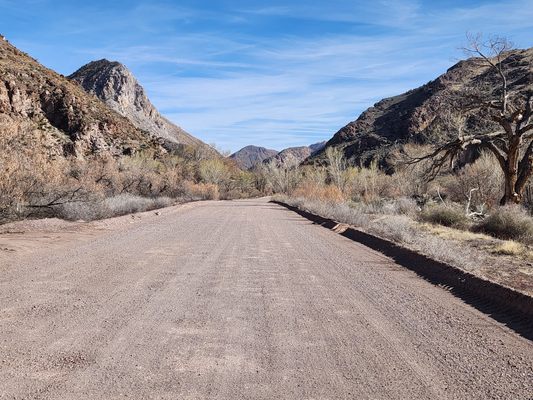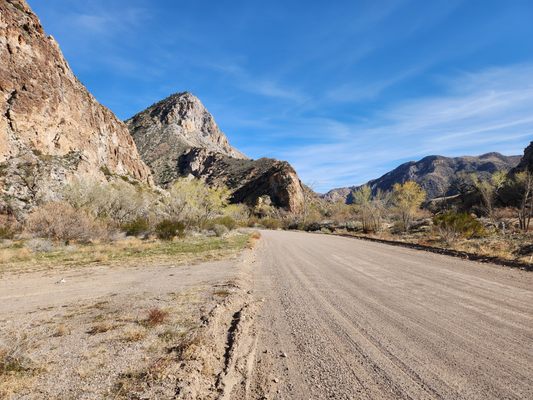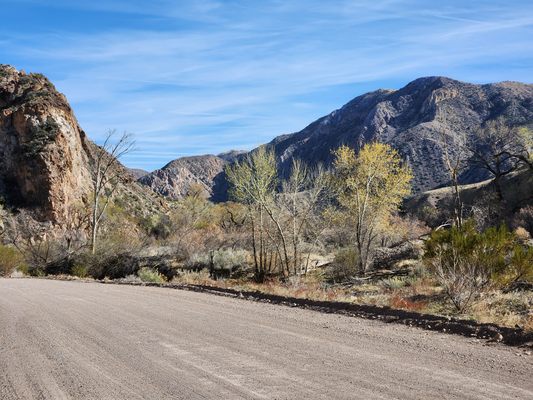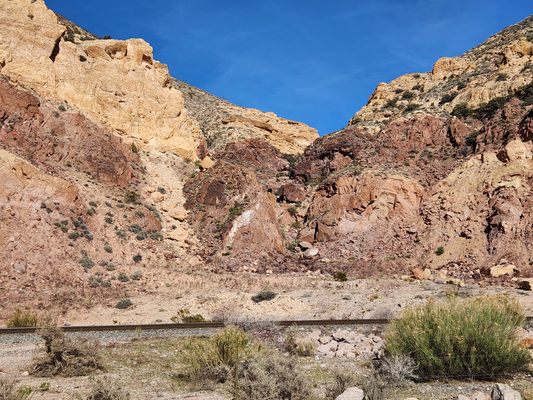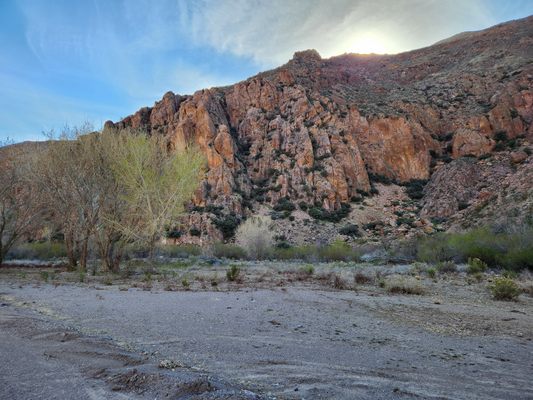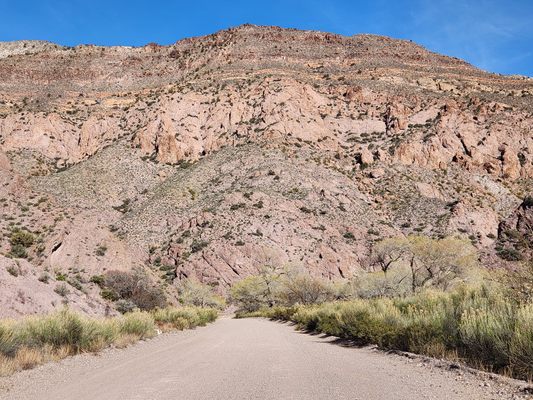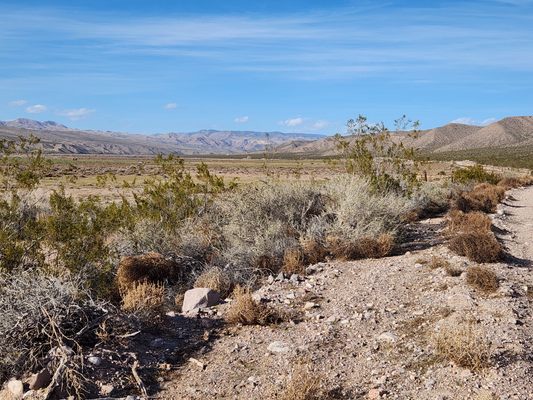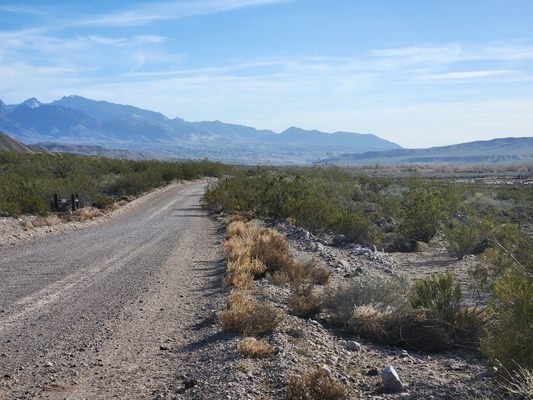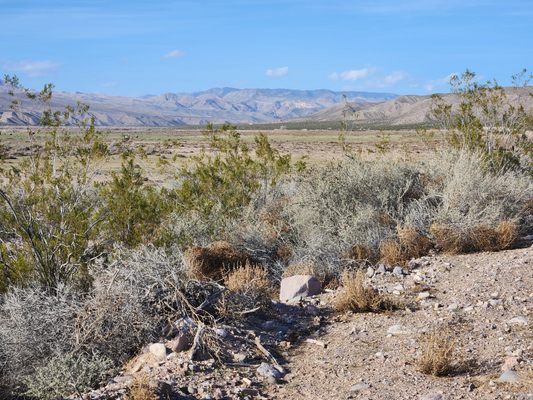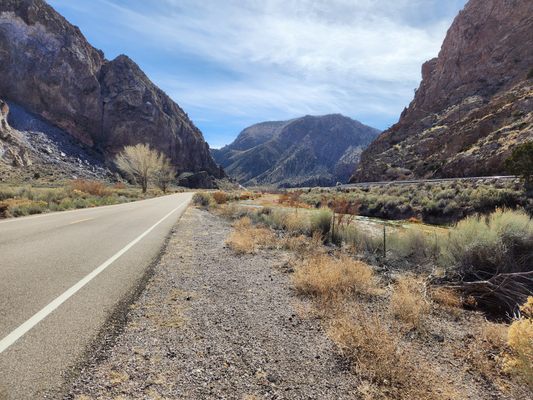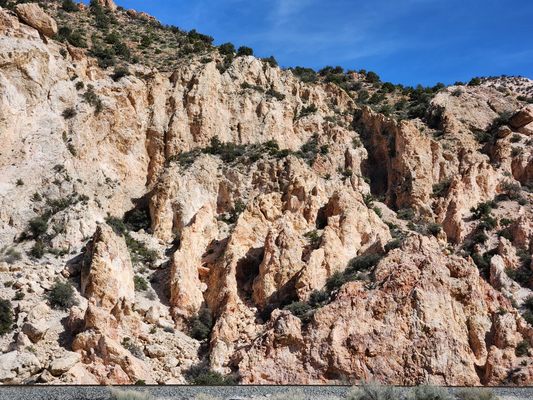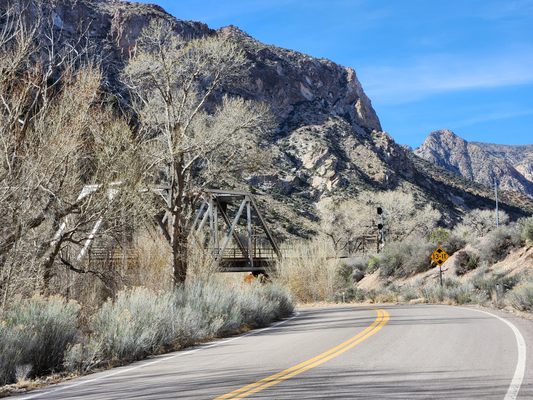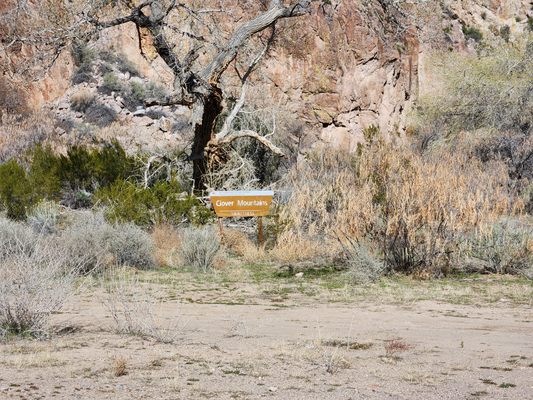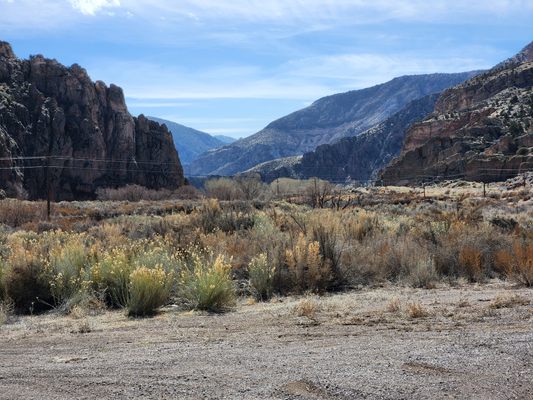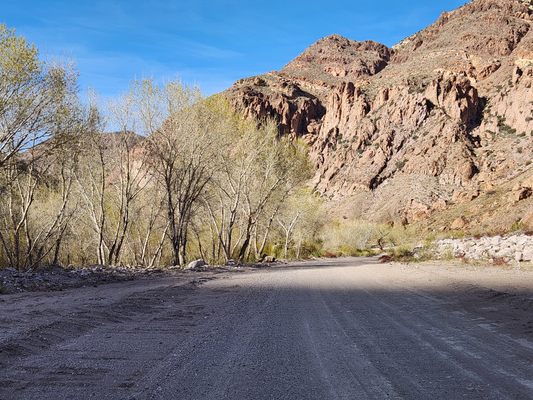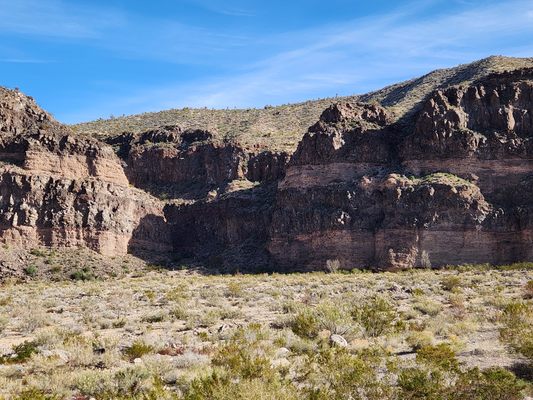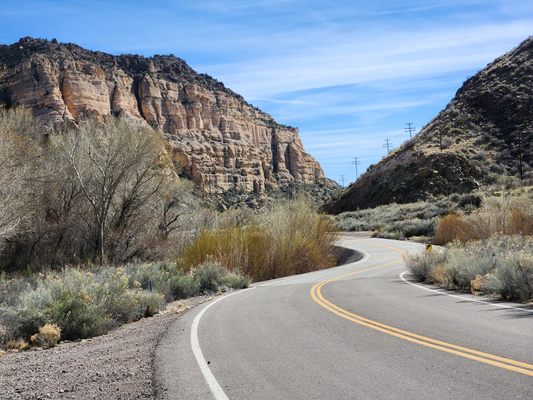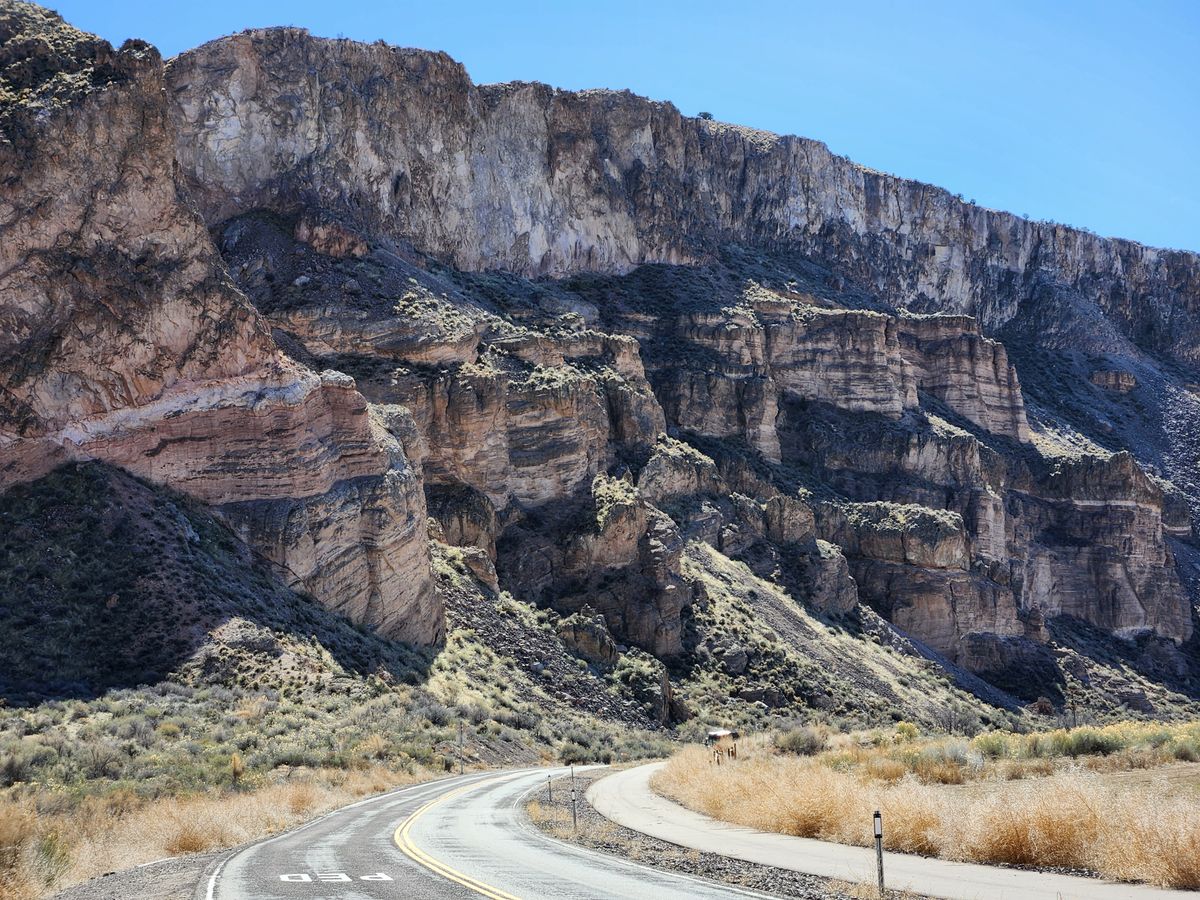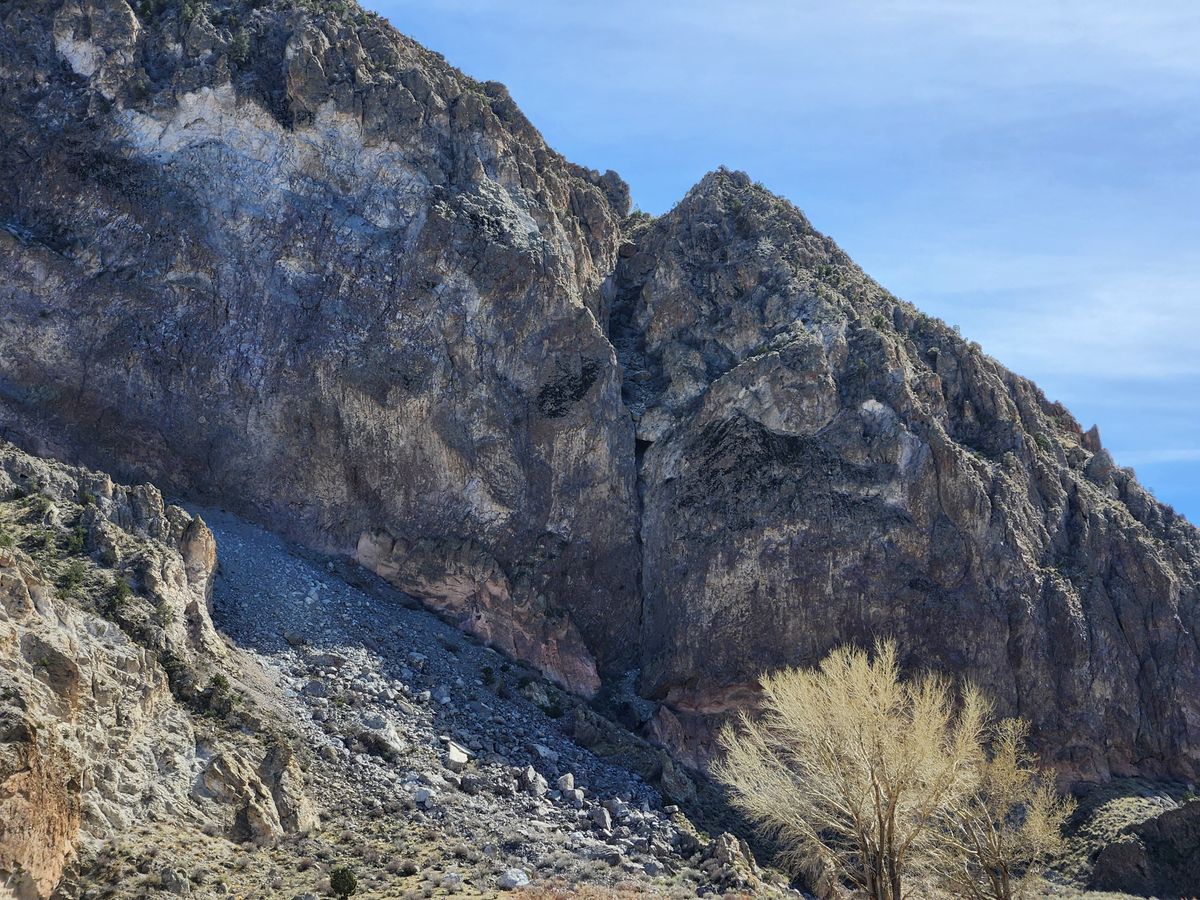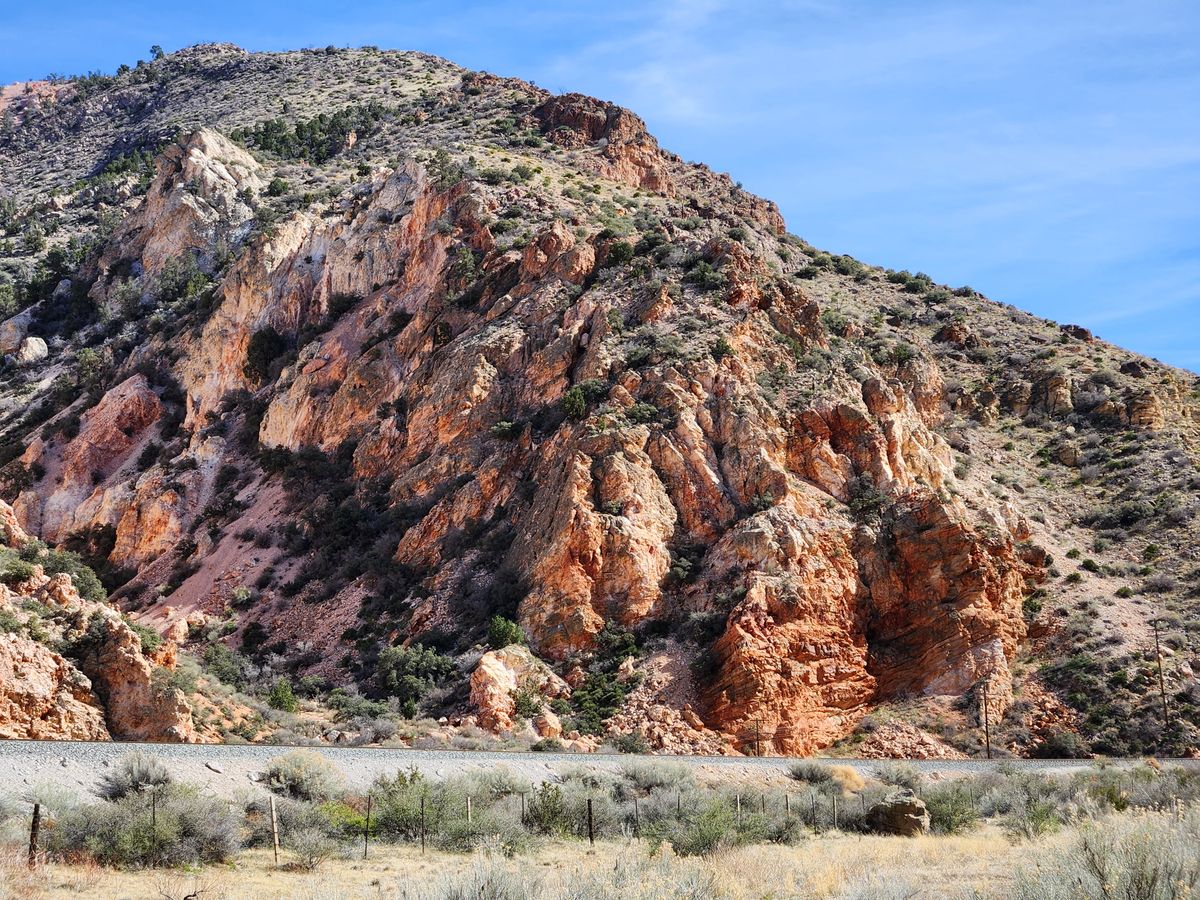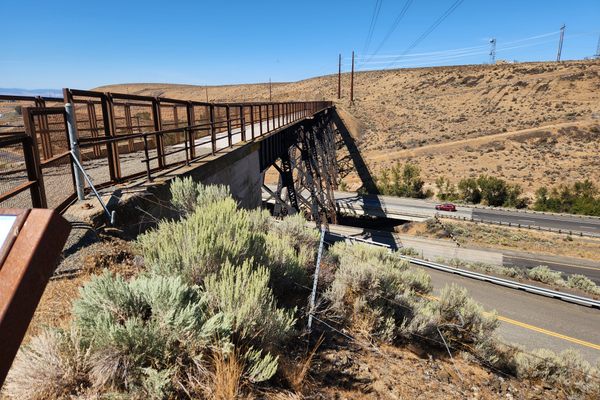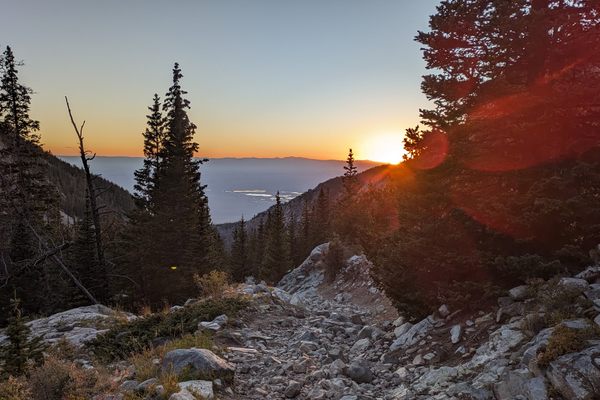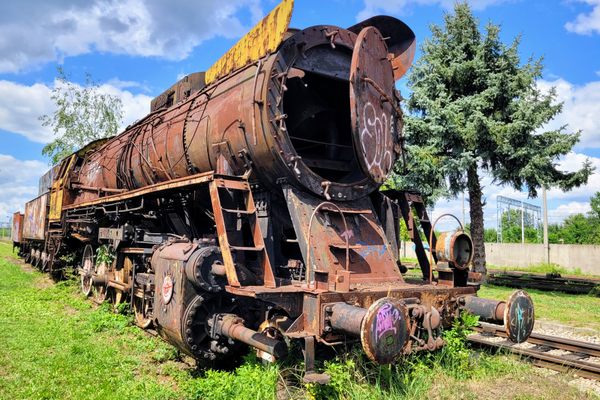About
As early as the 1880s, not long after the completion of the Transcontinental Railroad at Promontory Point, there was serious discussion about a railroad connecting Salt Lake City with Los Angeles. Both cities had boomed in the late 19th century, and connecting them seemed good for business.
By the turn of the new century, two rival groups were building competing railroads, in the grand tradition of 19th-century railroad entrepreneurs: William A. Clark, the "Copper King," and Edward Henry Harriman of the Union Pacific. From 1900-02 the "Clark-Harriman" war ensued, carried out mostly in the courts but with a smattering of violence. Eventually, a joint-ownership compromise was reached, with the Union Pacific holding half-interest in Clark's San Pedro, Los Angeles, and Salt Lake railroad. (In 1916 it just became the Los Angeles and Salt Lake.)
With the ownership settled, the next question was the route south into Nevada. Meadow Valley Wash rises in the mountains of extreme eastern Nevada, not far from the Utah line. Just south of Caliente, it runs through scenic Rainbow Canyon, and ultimately, some 80 miles south, it joins the Muddy River near the village of Glendale, on what's now Interstate 15.
Because of its southerly trend, it seemed an obvious route for a railroad, but it is subject to extreme flooding. It was nonetheless chosen, with misgivings, because the alternatives would involve crossing mountain passes and thus involve large altitude changes.
The misgivings would be proven justified. Just after the route was completed in 1905, a flood took out much of the newly constructed right-of-way. More floods followed in 1906, 1907, and the biggest in 1910. As recently as 2005, the right-of-way in Meadow Valley Wash was shut down because of major flooding.
Nonetheless, the route is still in use. It is all part of the Union Pacific now, and it continues south through Las Vegas, where it played a major role in the creation of the modern city. It also remains a major rail link into Southern California, and includes both the old Kelso Depot and Afton Canyon in the Mojave Desert.
Related Tags
Know Before You Go
The north end of the Wash, just south of Caliente through Rainbow Canyon, is the most spectacular, and in any event the Union Pacific no longer permits public travel along Meadow Valley Wash between the old railroad stops of Carp and Rox, due to extensive flood damage in 2005.
Nevada State Route 317 accesses the north end of the Wash, and it is reached on a junction just south of Caliente. It is paved and passable to passenger cars, but not to high motorhomes or large trailers, because of a low clearance underpass under the railroad. At about 21.5 miles south of the turnoff, State Route 317 loses its pavement when it climbs out of the wash to the southwest, becoming Kane Springs Wash road. This graded road should be easily passable to passenger cars and joins US-93 in about 37 miles.
Alternatively, you can turn off the pavement onto a graded road to the site of Elgin, about 0.6 miles before the pavement ends. This graded road then continues down the wash. It still should be passable to passenger cars. It is also scenic, passing the western edge of the Clover Mountains Wilderness a few miles farther on. The wash then opens out after about 7 miles. From the turnoff to Elgin, it is 16.4 miles to Lyman Crossing, where there is a turnoff to the east, and 19.7 miles to the railroad crossing at Carp. There is a locked gate south of Carp, but from Lyman Crossing you can take the Carp-Elgin Road/Rainbow Pass Road down over Rainbow Pass to Interstate-15, about 34.0 miles. This road is graded but rough; passenger cars may be able to do it but it will be slow.
Community Contributors
Added By
Published
September 5, 2024

